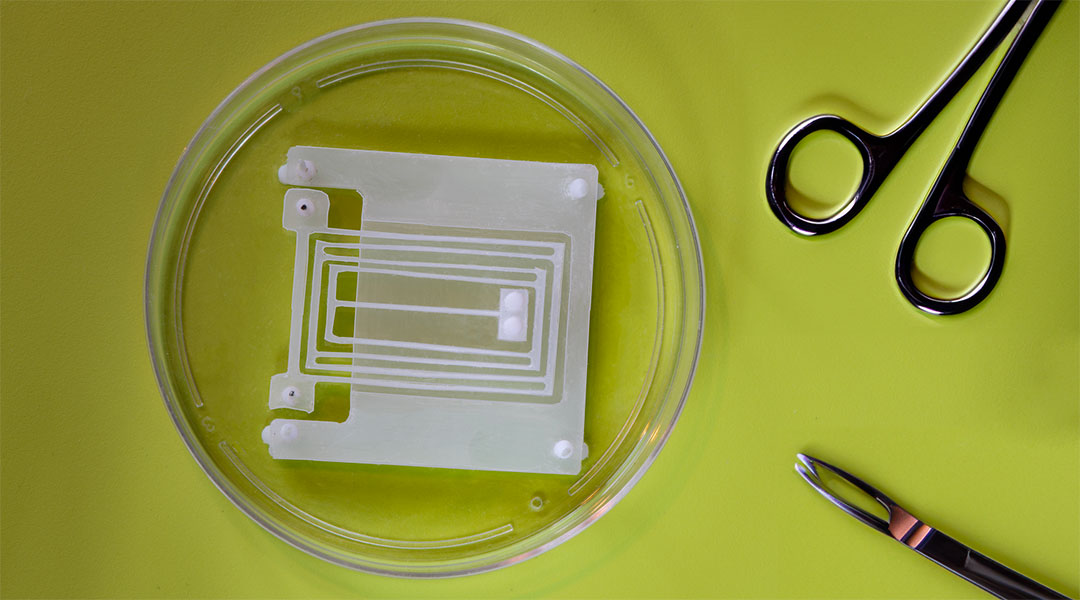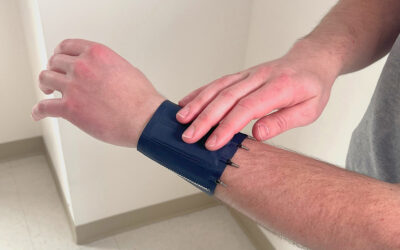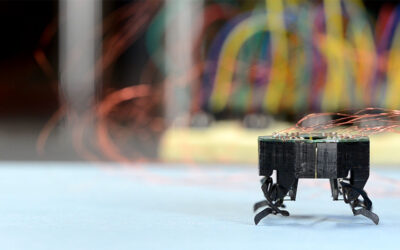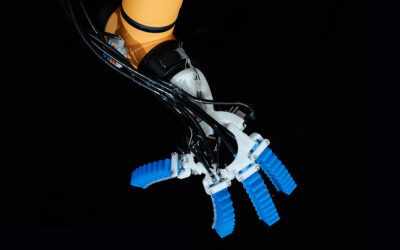As robots become increasingly sophisticated, scientists are looking at how machines can be improved by the integration of living tissue. Robots that mix living tissue with a non-biological exoskeleton are no longer simply the stuff of the silver screen offerings, like the Terminator.
But forget the suspiciously Arnold Schwarzenegger-like killer machines of Skynet’s dystopian future — these new biohybrid machines will serve humanity, even assisting in keeping us healthy.
A paper published in Advanced Intelligent Systems reports a machine integrated with living tissue that sets the stage for developing the robust, reproducible, and predictive design and manufacturing of the next-generation biohybrid robots.
“A biohybrid machine is any machine that uses a biological material to perform a functional task, such as sensing, processing, or actuation,” said Ritu Raman from the Department of Mechanical Engineering at Massachusetts Institute of Technology (MIT). “In this study, we use living muscle tissues as actuators in a flexible robot.”
Raman explained that the advantage of using biological materials in robots is that these machines, unlike non-biological counterparts, have the ability to sense and adapt to their environments in real time.
“We have previously shown that muscle-powered robots can exercise and get stronger or heal from damage, showcasing their ability to dynamically respond to changing surroundings,” the MIT researcher added. “Making biohybrid robots requires coupling muscles to skeletons to maximize movement and enable reproducible and efficient force transmission.”
Switching up skeletons
In the past, the skeletons of biohybrid robots have been manufactured from soft “viscoelastic” materials that have dual properties, possessing the viscosity of a fluid and the elasticity of a gel.
Raman said that the drawback of these materials is that they act differently depending on the speed at which the muscle is moving or its frequency. Viscoelastic materials are also extremely sensitive to where the muscle is placed on the robotic skeleton, limiting the robot’s morphology and, thus, its function and potential applications. One of the MIT team’s aims was to eliminate these limitations.
“Our biohybrid robot skeletons are composed of ‘linear elastic’ materials made out of a combination of rigid and flexible components,” Raman said. “This means that our platform behaves the same across a wide range of frequencies and is also insensitive to exactly how muscles are placed on the skeleton.
“As a result, our robots generate five times larger movements and also generate the same movements every time they are actuated, yielding more powerful and reliable machines.”
The muscle tissues used by the MIT team are built from muscle tissues from a mouse muscle cell line. Raman pointed out that this is a renewable resource with cells not harvested from animals but instead grown in petri dishes in a lab setting.
“Our robots contain biological materials, but they are not alive,” Raman added. “Our muscle actuators are similar to other actuators engineers typically use to make machines, such as pneumatic or hydraulic systems.”
Biohybrid robots get tired too
Despite the fact that these bio-robots aren’t alive, the team was surprised when they discovered that their system had at least one thing in common with living things, other than the material that composed its actuators.
“We learned that our robots got ‘tired’ over time, particularly if they were used at high frequency,” Raman explained. “Specifically, we noted that operating our robots at four muscle contractions per second over 30 minutes resulted in a significant drop in performance but that they showed no signs of fatigue over 30 minutes when tested at a slower operating speed of one muscle contraction per second.
“This surprised us, and we are now working on understanding the mechanisms underlying fatigue in biohybrid robots.” Raman said that MIT’s system is highly scalable for wide production and could have applications not just in robotics, as expected, but also in medicine.
“For medicine, we envision deploying our flexure platform for high-throughput force monitoring of diseased muscle, helping in the development of new therapies that restore mobility to patients suffering from neuromuscular diseases,” Raman said. “For robotics, we propose designing flexure-based skeletons for robots that walk, swim, pump, grip, and more!”
Reference: R. Raman, et al., Enhancing and Decoding the Performance of Muscle Actuators with Flexures, Advanced Intelligent Systems, (2024). DOI: 10.1002/aisy.202300699
Feature image credit: R. Raman, et al.

















